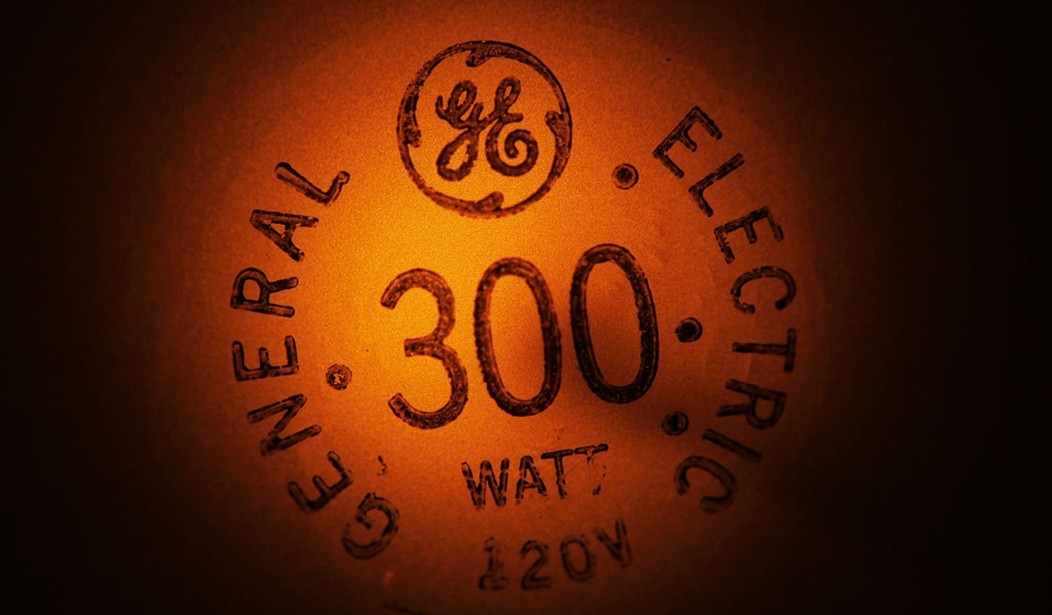If you like your light bulb, you can’t keep your light bulb. The Biden administration is seeing to that. Well, to be fair you can keep whatever incandescent light bulbs you may currently own, but you won’t be able to replace them. That is because today is the day when the ban on the sale and manufacture of most incandescent light bulbs officially goes into effect. From here on out, your options will likely be limited to LEDs and fluorescents.
The funny thing is that this is not exactly news. People have known about it for years, and although it occasionally popped up in news stories or your local radio host’s “stack of stuff,” no one enforced it. I remember years ago when the word first came out that incandescents were on the hit list; my wife and I went to the local home improvement store and bought a small stockpile. Since there are only two of us and we don’t use that much power, we still have most of them. I have yet to hit the area stores to see if the shelves have been cleaned out by light bulb hoarders.
National Review notes that the Democrats passed the bill to ban the bulbs by phasing them out in 2007, and then-president George W. Bush even signed it into law. Obama tightened up the standards on incandescents to speed the process up. Trump rolled the whole affair back, and Biden resurrected the effort last year.
So light ’em if you got ’em. Ads appearing on the back channels of the web advertising incandescent light bulbs should be arriving any day now. DOE enforcement officers may be kicking down the doors of the last mom-and-pop hardware stores to confiscate stockpiles of outlaw bulbs. You could be walking down the sidewalk and hear a whisper from the shadows, “Psst! Hey, buddy. Wanna buy a light bulb?”
Life Hacker reports that your average incandescent bulb costs $2 to $3. LEDs price out in the neighborhood of $5 to $7 a pop. Life Hacker says that according to the DOE, LED bulbs use 75% less energy than incandescent bulbs and last 25 times longer. So in theory, the switch should save you money in the long run and will probably help save the planet from climate change. By comparison, according to The Post Millennial, an unnamed free-market advocacy group sent the following to the DOE in 2022:
We believe that further regulatory interference in the marketplace is unwarranted given that more energy efficient lighting choices, namely light-emitting diode (LED) bulbs, are already available for those consumers who prefer them over incandescent bulbs.
While LEDs are more efficient and generally longer-lasting than incandescent bulbs, they currently cost more than incandescent bulbs and are inferior for certain functions such as dimming.
You can use up the bulbs you currently have without fear of being labeled a scofflaw, and there apparently are some exemptions. But if a manufacturer is caught making incandescent bulbs or a retailer is busted for selling them, the penalty can be up to $542 per bulb.
Is there some sort of kickback or business deal tied to the ban on incandescent light bulbs? Possibly. I certainly wouldn’t put it past our elected and appointed officials to game the system. MRCTV has reported on Energy Secretary Jennifer Granholm’s connections with the EV industry, and we know that the Biden administration is in bed with the solar industry. But overall, I suspect that this is being done because it can be done. This is one more rule, one more law, one way to remind you that there is nothing that the Uniparty can’t control, even if it means something as small as your light bulbs.










Join the conversation as a VIP Member